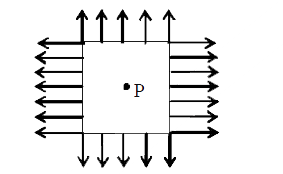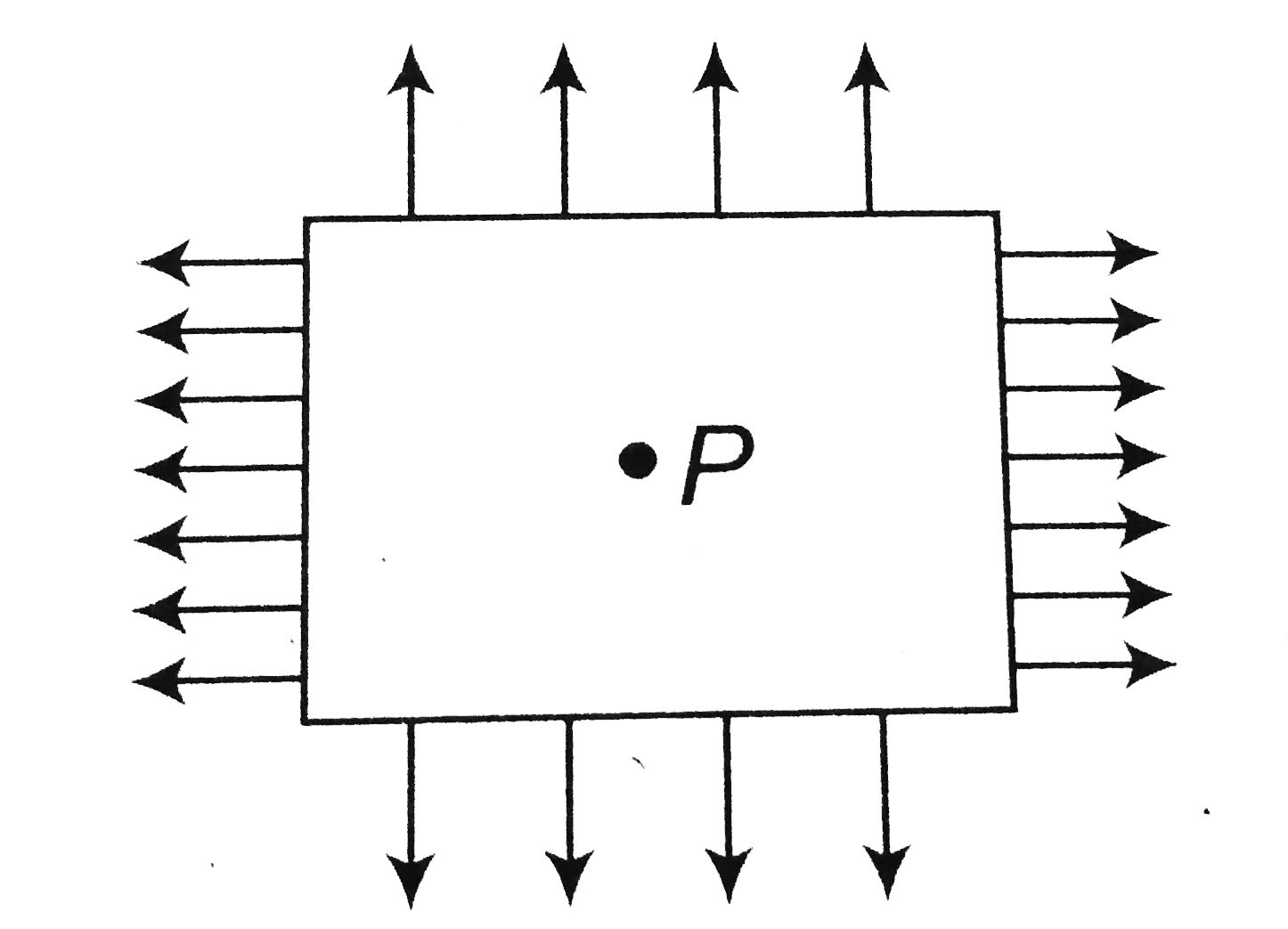Electric lines of forces -
Electric lines of forces are geometrical representation of electric field using lines and curves such that a tangent at any point on them gives the direction of electric field at that point. These lines originate from positive charge and terminate at negative charge. The number density of these lines is proportional to electric field intensity
Topper's Solved these Questions
- BOOK - MODERN PUBLICATIONCHAPTER - ELECTRIC CHARGES AND FIELDS EXERCISE - Tough & Tricky Problems20videos
ELECTRIC CHARGES AND FIELDS
- BOOK - MODERN PUBLICATIONCHAPTER - ELECTRIC CHARGES AND FIELDS EXERCISE - Ncert File (Textbook Exercise)34videos
ELECTRIC CHARGES AND FIELDS
- BOOK - MODERN PUBLICATIONCHAPTER - ELECTRIC CHARGES AND FIELDS EXERCISE - Practice Problems88videos
ELECTRIC CHARGES AND FIELDS
- BOOK - MODERN PUBLICATIONCHAPTER - DUAL NATURE OF RADIATION AND MATTER EXERCISE - CHAPTER PRACTICE TEST15videos
DUAL NATURE OF RADIATION AND MATTER
- BOOK - MODERN PUBLICATIONCHAPTER - ELECTROMAGNETIC INDUCTIONEXERCISE - CHAPTER PRACTICE TEST FOR BOARD EXAMINATION14videos
ELECTROMAGNETIC INDUCTION
Similar Questions
Which of the following is/are not the main difference between electric lines of force and magnetic lines of force ?
(1) Electric lines of force are closed curves whereas magnetic lines of force are open curves.
(2) Magnetic lines of force cut each other whereas electric lines of force do not cut.
(3) Electric lines of force cut each other whereas magnetic lines of force do not cut.
(4) Electric lines of force are open curves whereas magnetic lines of force are closed curvesView SolutionElectric lines of force are as shown in the figure. Then potential at point P :
 View Solution
View Solution
Knowledge Check
- Question 1 - Select One
Assertion: In the electric field E=(4eci+4ˆj)N/C electric potential at A (4m, 0) is more than the electric portential at B(0,4m)
Reason: Electric lines of forces always travel from higher potential to lower potential.AIf both Assertion and Reason are true but Reason is the correct explanation of Assertion.BIf both Assertion and Reason are true but Reason is not the correct explanation of Assertion.CIf Assertion is true, but the Reason is false.DIf Assertion is false but the Reason is true. - Question 2 - Select One
The property of the electric line of force
a. Electric lines of force are just imaginary lines
b. Electric lines of force will be parallel to the surface of conductor
c. If the lines of force are crowded, them field is strong
d. Electric lines of force are closed loopsAboth a and cBbothh b and dConly aDall - Question 3 - Select One
Which of the following is correct regarding electric lines of force ?
(i) Electric lines of force diverge from +ve and converge at a −ve charge
(ii) Electric lines of force never cross each other , otherwise there will be two directions of electric field at a point of intersection which is not possible
(iii) Closer are the electric lines of forces , stronger is the field , and further apart lines of force ,weaker is electric field
(iv) The electric lines of forces are parallel for a uniform electric fieldA(i),(ii)B(ii),(iii)C(ii),(iv)Dall
Which one of the following is correct?
Electrical lines of forcesView SolutionElectric lines of force about negative point charge are
View SolutionWhich of the following statements are correct?
a. Electric lines of force are just imaginary lines
b. Electric lines of force will be parallel to the surface of conductor.
c. If the lines of force are crowded, them field is strong
d. Electric lines of force are closed loopsView SolutionElectric lines of force are as shown in the figure. Then potential at point P
 View Solution
View SolutionAssetrion: Electric lines of force cross each other.
Reason: Electric field at a point superimpose to give one resultant electric field.View Solution
